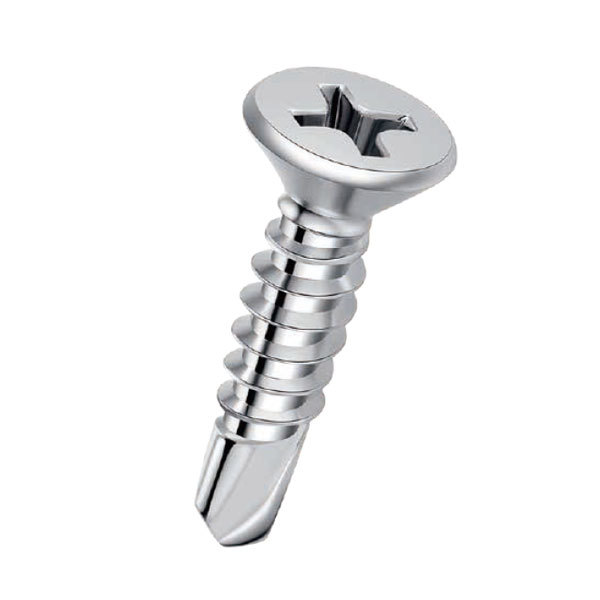Beveled Washers vs Flat Washers - A Comprehensive Guide
Beveled Washers vs. Flat Washers A Comparison
When it comes to fastening applications, washers play a crucial role in providing security and stability. Among the various types of washers available, beveled washers and flat washers are two of the most commonly used. Each type has its distinct features, benefits, and suitable applications. This article will explore the differences, advantages, and ideal uses of beveled washers versus flat washers, aiding manufacturers and engineers in making informed choices.
Definition and Design
Flat washers are circular disks made from various materials—including metal, rubber, and plastic—with a hole in the center that allows them to fit over a fastener's shank. Their primary function is to distribute the load of the fastener over a larger surface area, thereby reducing the risk of damage to the material being fastened. Flat washers generally feature a uniform thickness and do not possess any specific profile.
On the other hand, beveled washers are designed with an angled profile. One side of the washer slopes downward while the other side remains flat or may also be beveled. This unique design allows beveled washers to accommodate irregular surface conditions and provide a better fit when fastening components at an angle or on uneven surfaces.
Performance and Applications
The choice between beveled and flat washers often depends on the specific application and the materials involved. Flat washers serve well in typical fastening applications where surfaces are even and where uniform load distribution is essential. They are widely used in construction, automotive, and machinery applications.
beveled washer vs flat washer factory

Beveled washers, however, excel in situations where components do not align perfectly or where there is a requirement to compensate for angular misalignment. They are ideal for applications in plumbing, automotive undercarriages, and any scenario that involves mounting to irregular surfaces. The beveled edge of these washers allows them to conform to the shape of the surface better, ensuring a tighter seal and preventing loosening over time.
Advantages and Disadvantages
Flat washers are generally more straightforward to manufacture and can be produced in bulk, making them cost-effective. However, their flat nature can limit their effectiveness on uneven surfaces or when fine adjustments are necessary.
Beveled washers offer superior adaptability, particularly in complex assemblies where alignment issues may arise. Their design can help to absorb shock and vibrations, enhancing the longevity of the fastening joint. Nonetheless, their specialized design may lead to a higher production cost when compared to flat washers.
Conclusion
In summary, both beveled washers and flat washers serve essential roles in fastening applications, each with its strengths and limitations. While flat washers are perfect for standard practices, beveled washers are invaluable in scenarios requiring flexibility and adjustment. Understanding these differences will enable professionals to choose the appropriate washer type for their specific needs, ultimately contributing to the reliability and effectiveness of their assemblies. When considering manufacturers, ensure that they understand your requirements, as choosing the right washer can significantly impact the performance of your products.
-
Top Choices for Plasterboard FixingNewsDec.26,2024
-
The Versatility of Specialty WashersNewsDec.26,2024
-
Secure Your ProjectsNewsDec.26,2024
-
Essential Screws for Chipboard Flooring ProjectsNewsDec.26,2024
-
Choosing the Right Drywall ScrewsNewsDec.26,2024
-
Black Phosphate Screws for Superior PerformanceNewsDec.26,2024
-
The Versatile Choice of Nylon Flat Washers for Your NeedsNewsDec.18,2024










